http://en.wikipedia.org/wiki/List_of_U.S._state_minerals,_rocks,_stones_and_gemstones
At the risk of saying too much about myself, I confess that my favorite rock is Erwin Formation/Antietam Formation quartzite, the southern branch of which is named after a site in Tennessee, and the northern branch of
which is named after a site in Maryland.
(after Benton & Harper, 1997)
From: http://www.es.ucl.ac.uk/tf/ichno.htm
As this chart shows, the Skolithos sand beds (marked Sk) seem to have been offshore shelves of the old beaches that once lined the Iapetus Ocean, wave-sorted into homogeneous layers of shifting sand like the Outer Banks of the Carolinas today. As this ocean system closed up, the shifting would have slowed down and the type of sediment flow would have changed. Eventually subduction, pressure, and heat would have transformed the terminal state of the most stable sediment beds into rock. Later re-exposure, re-burial or re-heating would have
altered the rock type again---in the case of the Erwin, from sand to sandstone to quartzite, preserving the worm tubes throughout. The resulting rocks don’t exactly represent the entire topography of the Iapetus coast in a direct way. The Erwin/Antietam quartzite was formed from the most stable sediment beds that survived the subsequent alterations to that topography.
Cambrian quartzite is well exposed on the west side of the Blue Ridge across Central Virginia, in a lens over a thousand feet thick in some places. Its place in the Chilhowee Group helps tell the story of the Iapetus Ocean, which started as a volcanic rift valley of which the Catoctin basalt flows are the relict. For more, see below.
http://www.nps.gov/shen/naturescience/chilhowee.htm
The group started as river sediments and then as lake and lagoon deposits until the ocean was fully open, at which point white sandbanks along the shores of a deep sea provided a habitat for some of the earlier life on this
planet. Tropical limestone reefs and lagoons followed before the Iapetus was pushed back together and closed. It all sounds very exotic but the most amazing part is that it wasn’t a different world.
But I digress. This rock makes fabulous cliffs and excellent talus slides, and it also makes a great cobble.
that can be ordered from the garden center and used for walkways.
As an added bonus, here is the newest inhabitant of our rockwork.
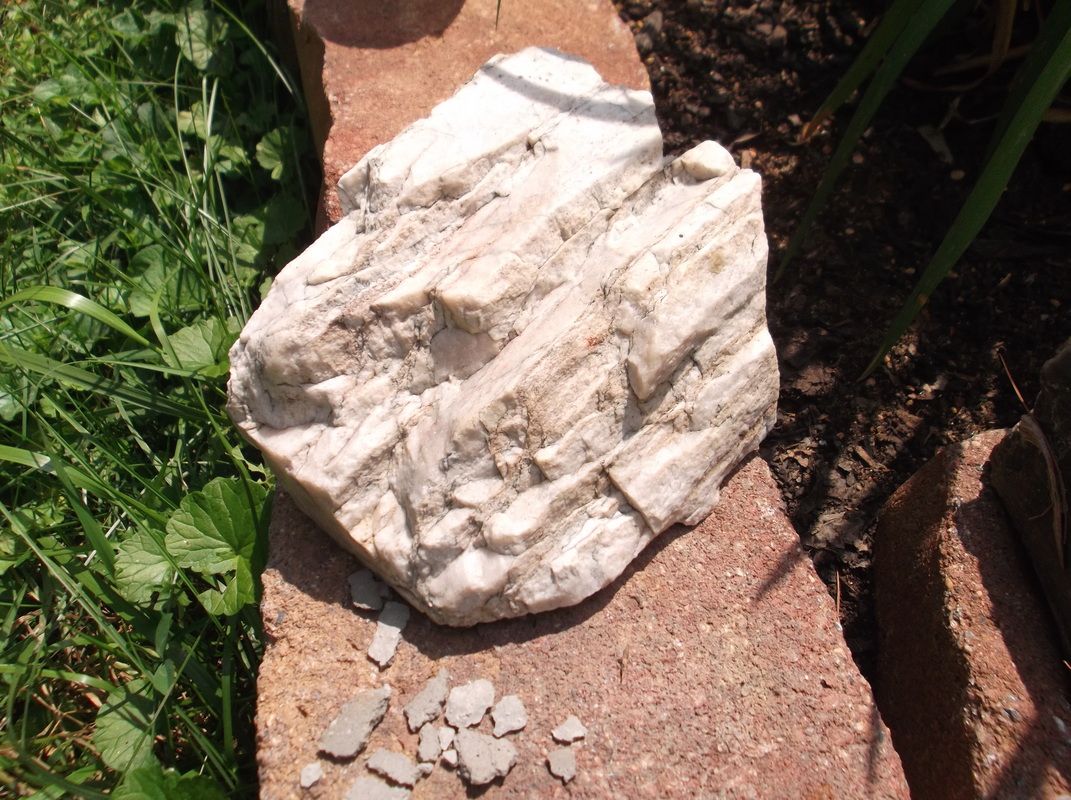
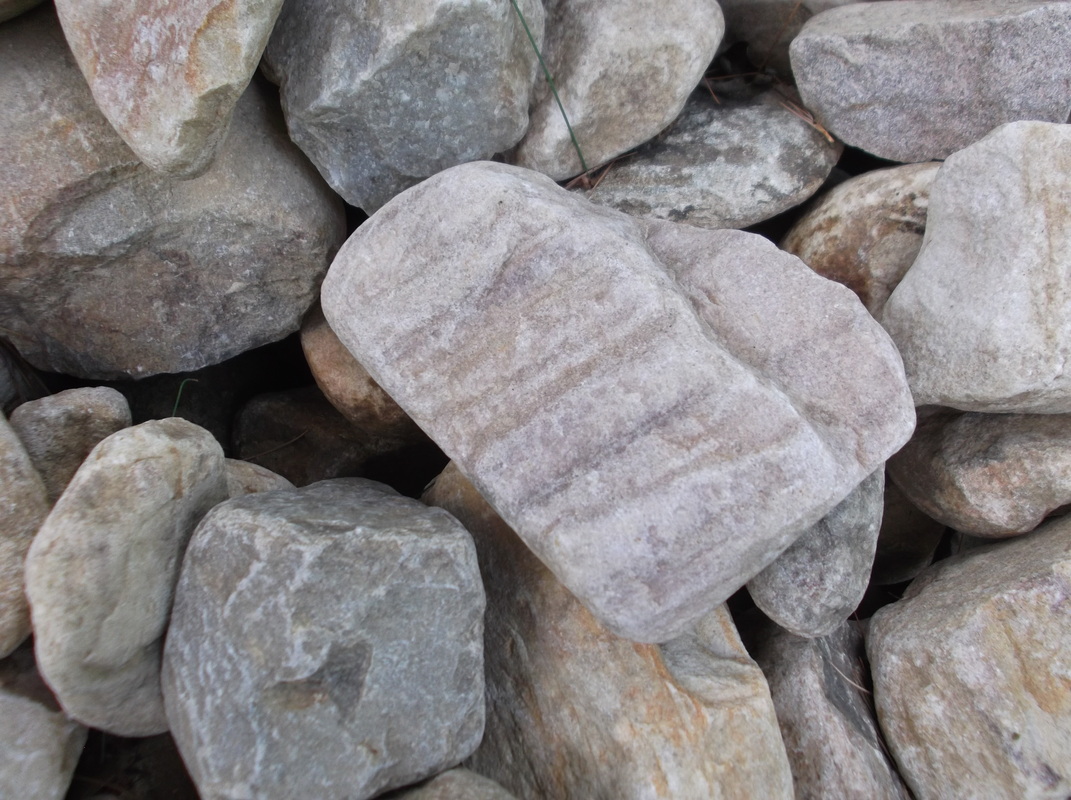
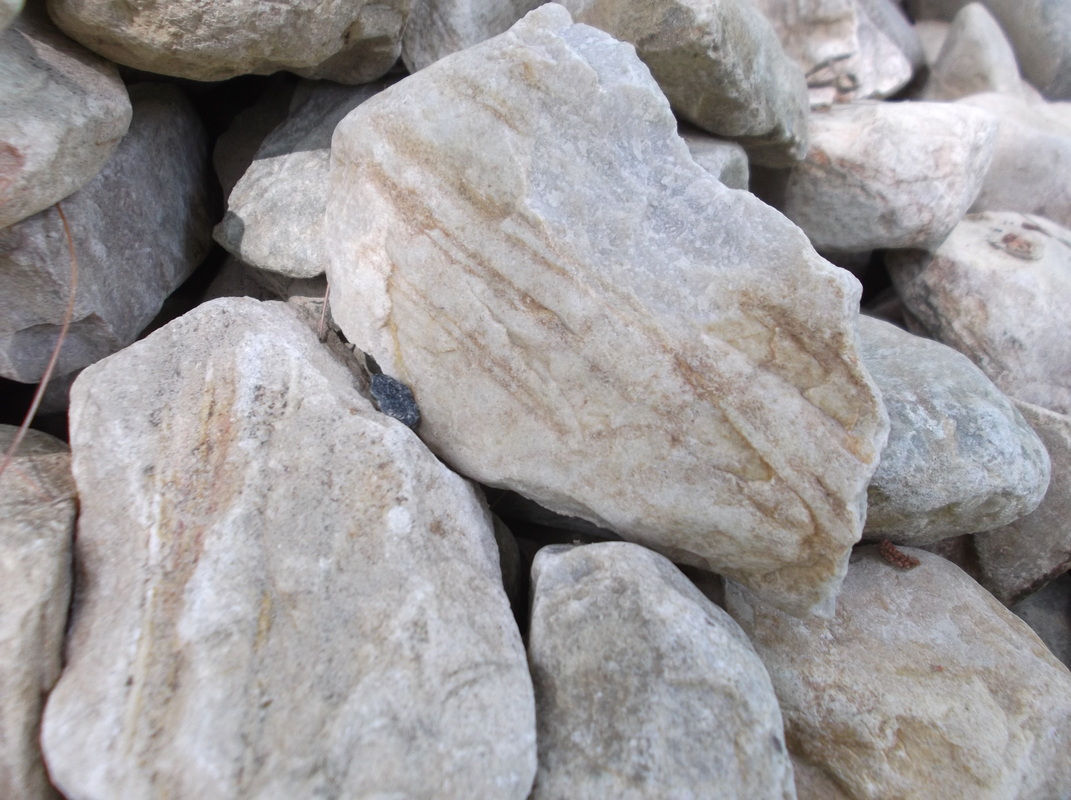
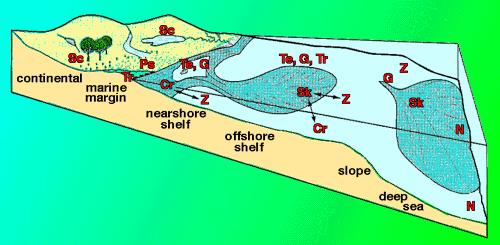
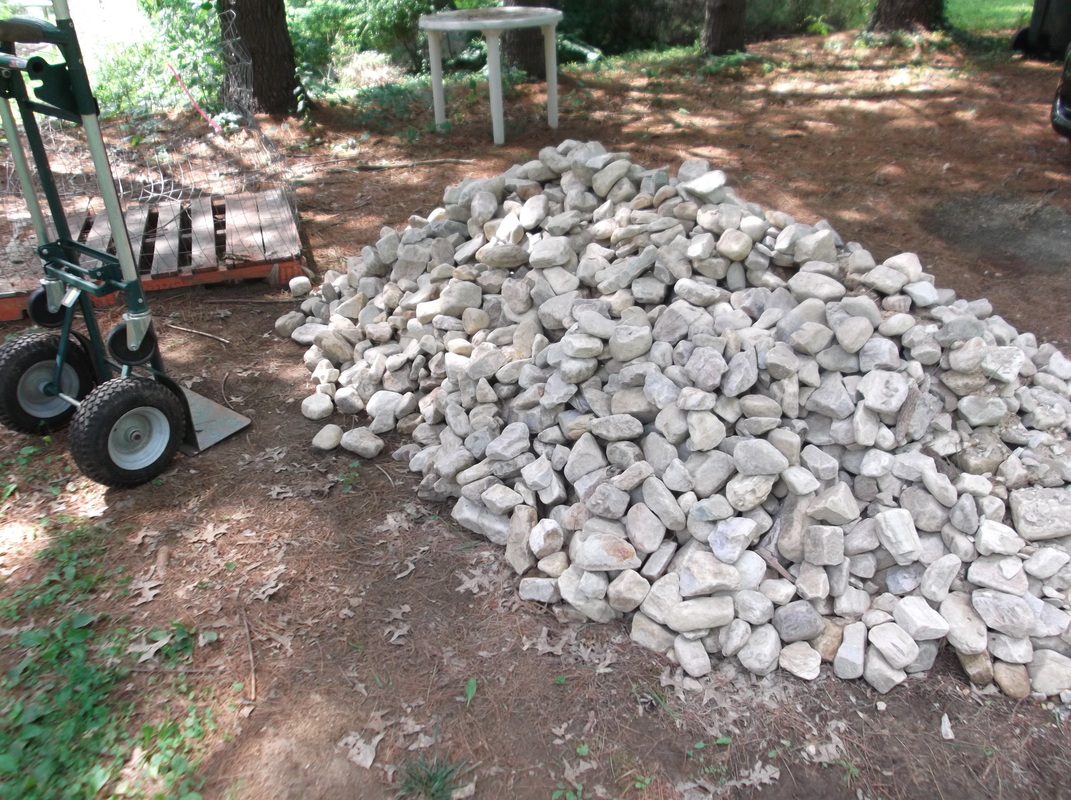

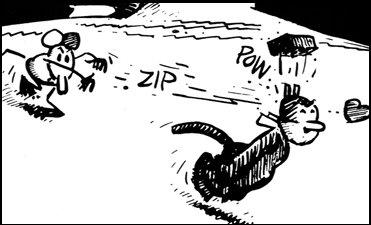
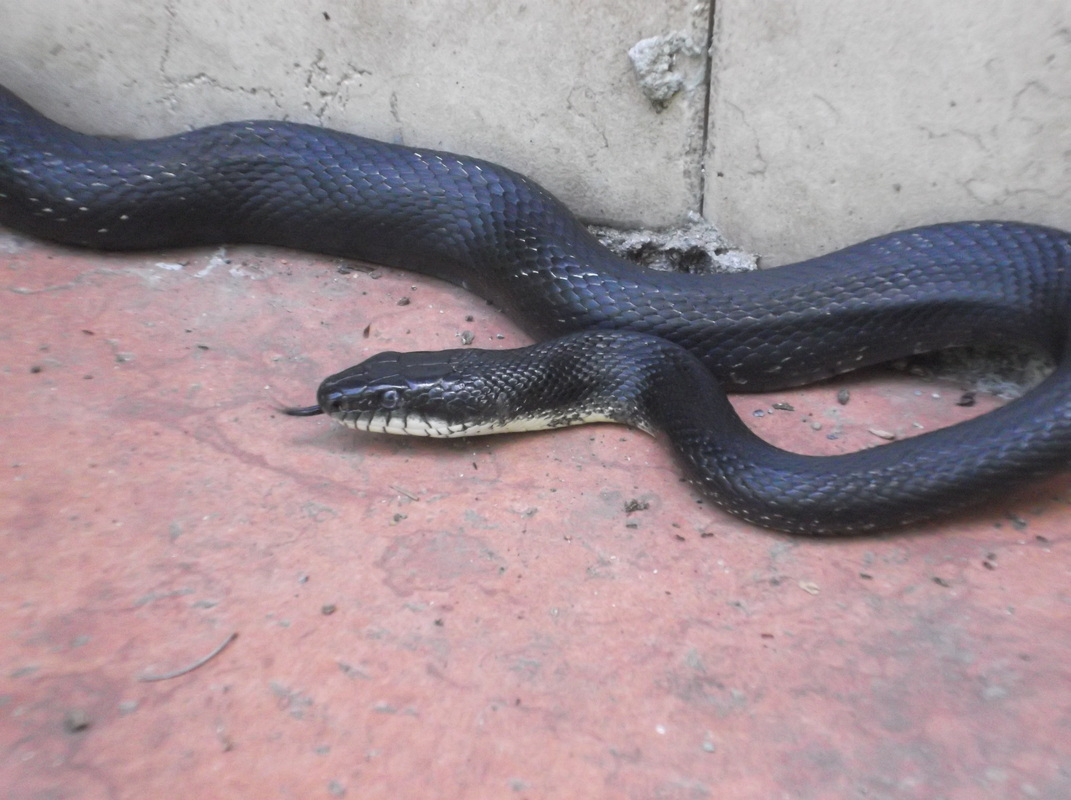
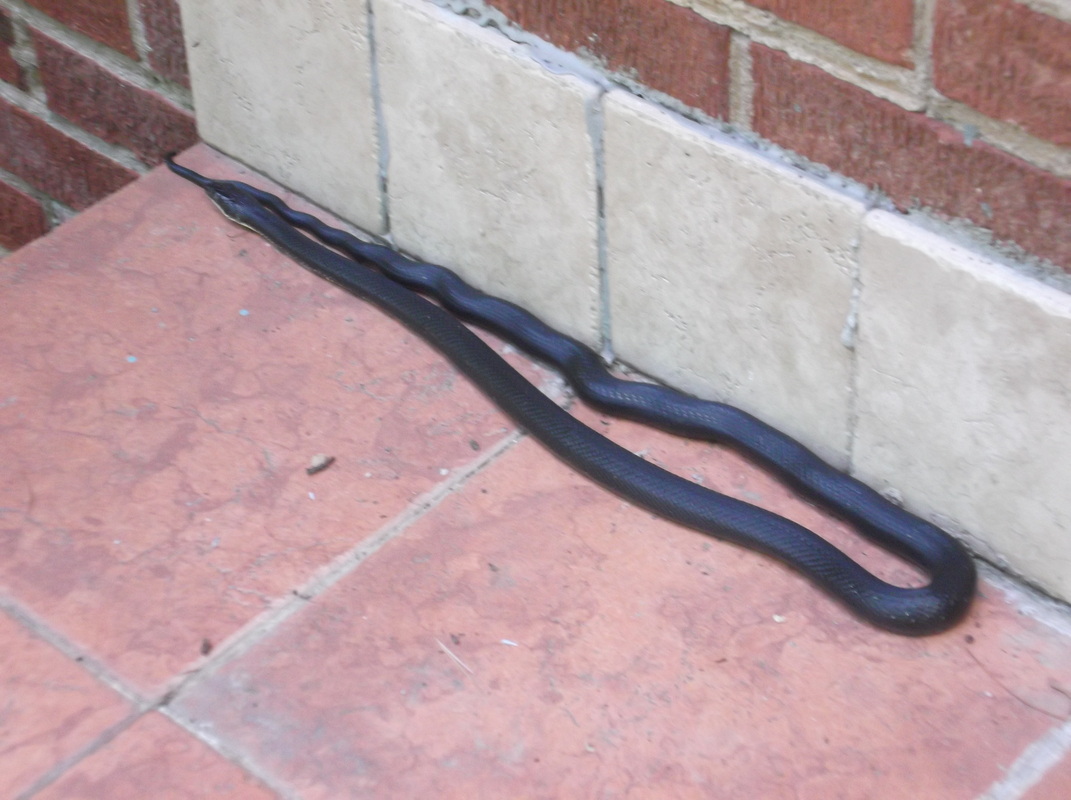

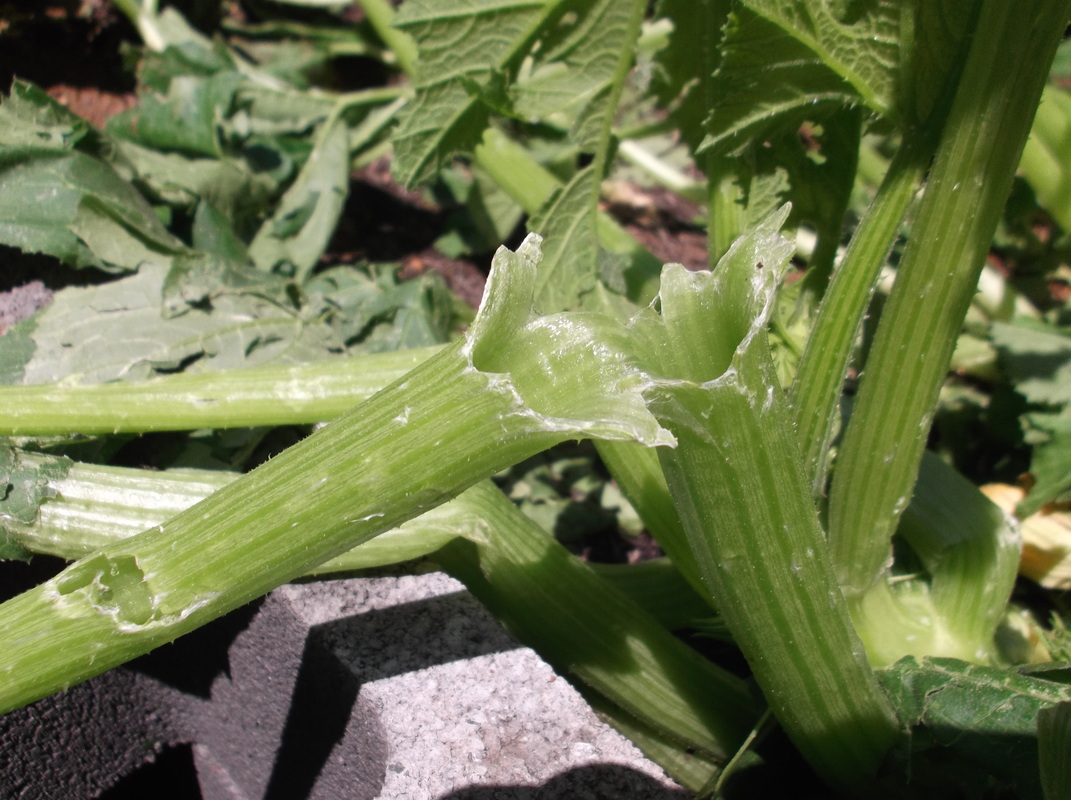
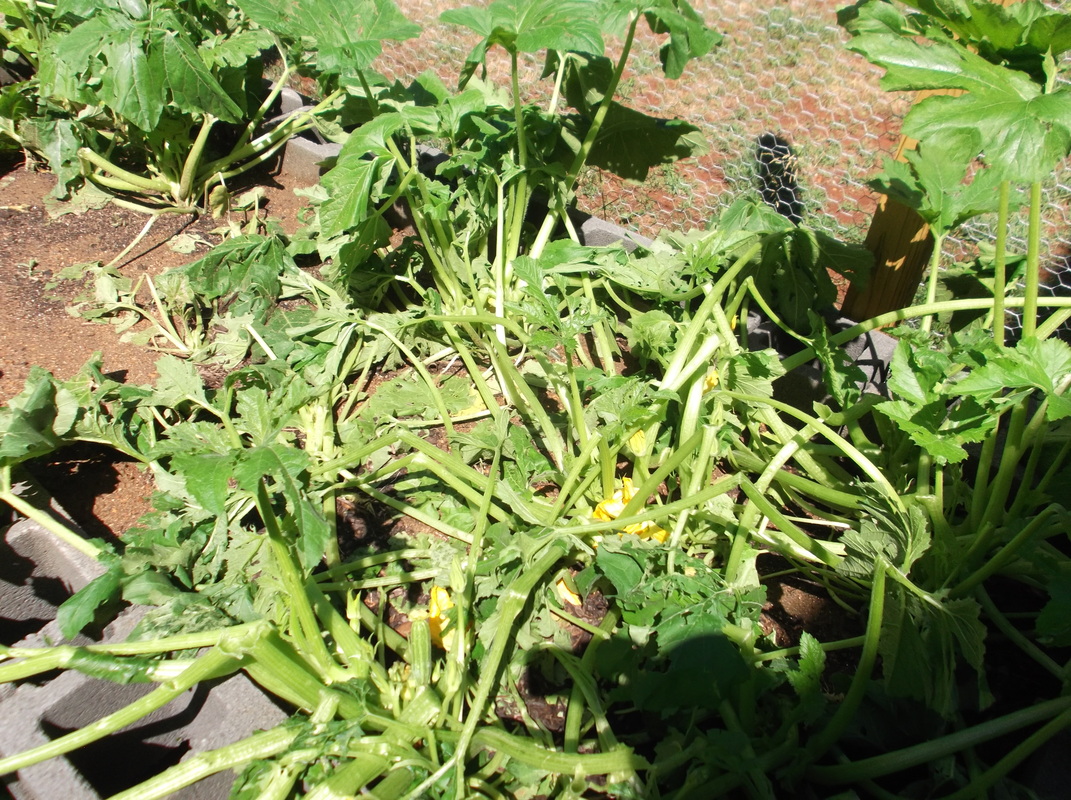
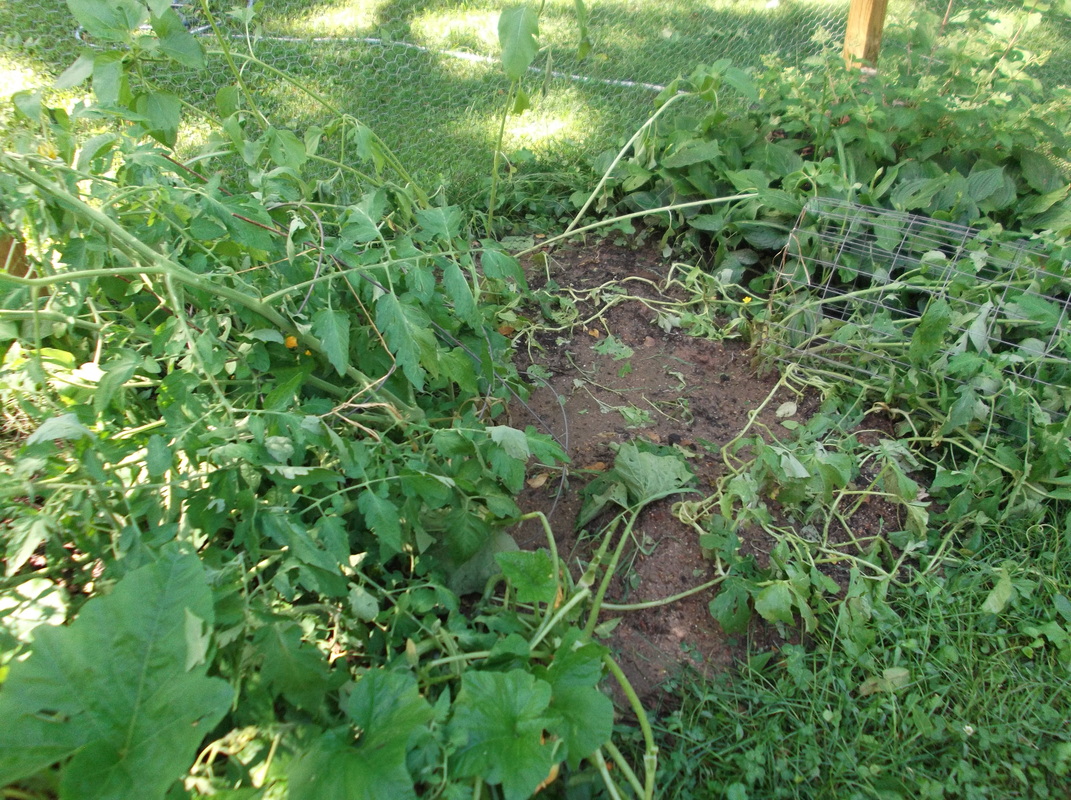

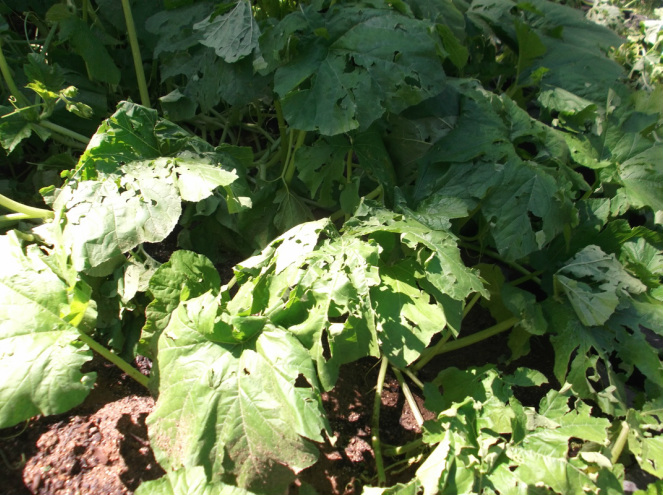
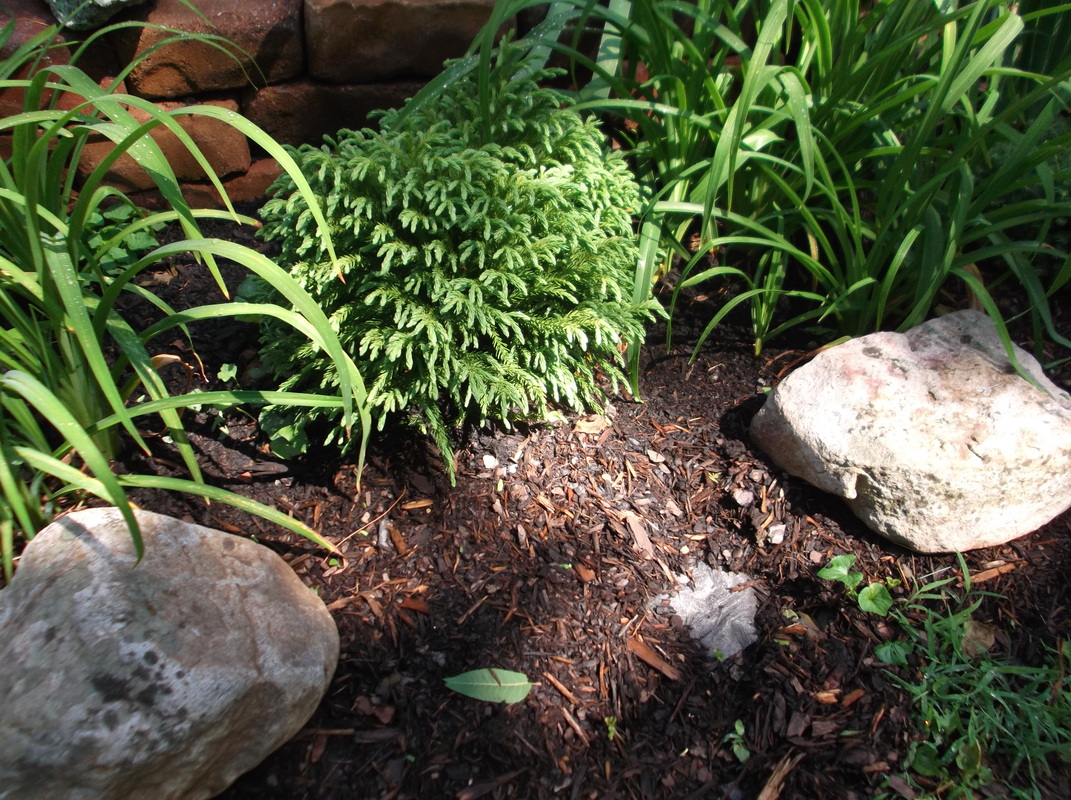


 RSS Feed
RSS Feed